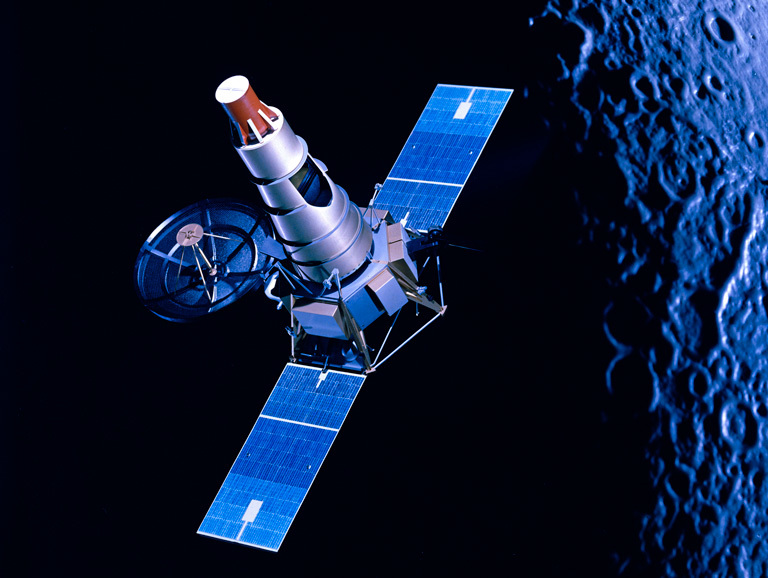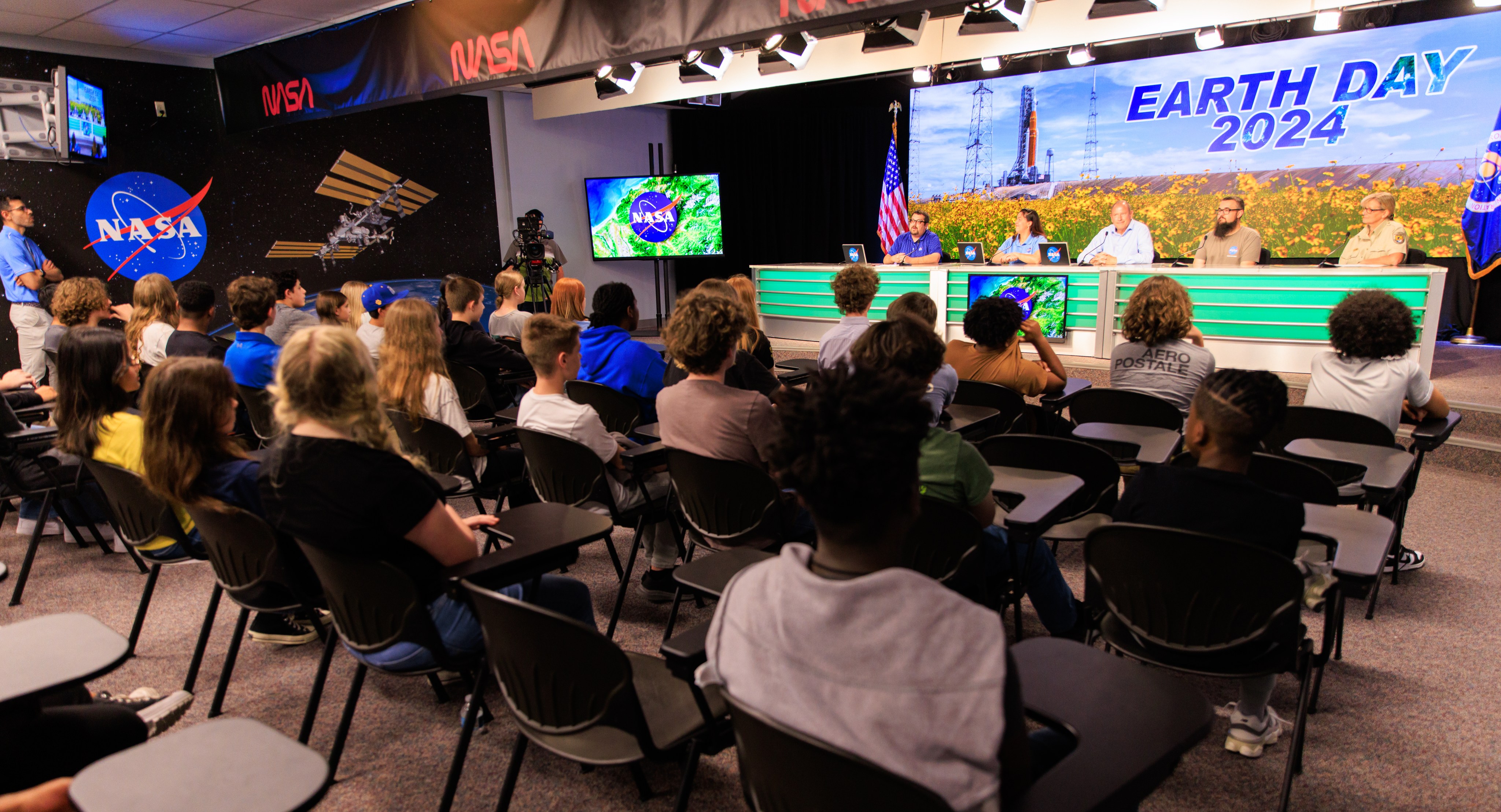Ranger 6
Type
Launch
Target
Objective
Ranger 6 was the closest to date to success in U.S. attempts to impact the Moon, but a short-circuit disabled the spacecraft before it could complete its mission. The probe did impact the Moon on target and on schedule, but its TV camera system was inoperable.

What was Ranger 6?
Ranger 6 was the closest to date to success in U.S. attempts to impact the Moon, but a short-circuit disabled the spacecraft before it could complete its mission. The probe did impact the Moon on target and on schedule, but its TV camera system was inoperable.
Nation | United States of America (USA) |
Objective(s) | Lunar Impact |
Spacecraft | P-53 / Ranger-A |
Spacecraft Mass | 804 Pounds (364.69 Kilograms) |
Mission Design and Management | NASA / Jet Propulsion Laboratory |
Launch Vehicle | Atlas Agena B (Atlas Agena B no. 8 / Atlas D no. 199 / Agena B no. 6008) |
Launch Date and Time | Jan. 30, 1964 / 15:49:09 UT |
Launch Site | Cape Canaveral Air Force Station, Fla. / Launch Complex 12 |
Scientific Instruments | 1. Imaging System (Six TV Cameras) |
Key Dates
Jan. 30, 1964: Launch
Feb. 2, 1964: Lunar impact
In Depth: Ranger 6
This fourth American attempt to intentionally crash a spacecraft on the Moon was the closest to success so far.
The spacecraft, the first Block 3 type vehicle with a suite of six TV cameras, was sterilized to avoid contaminating the lunar surface. The series would also serve as a test-bed for future interplanetary spacecraft by deploying systems such as solar panels that could be used for more ambitious missions.
The spacecraft carried a 381-pound (173-kilogram) TV unit, replacing the impact capsule carried on the Block 2 Ranger spacecraft. The six cameras included two full-scan and four partial-scan cameras capable of shooting 300 pictures a minute.
Ranger 6 flew to the Moon successfully and impacted precisely on schedule at 09:24:32 UT Feb. 2, 1964. Unfortunately, the power supply for the TV camera package had short-circuited during Atlas booster separation three days previously and left the system inoperable.
The cameras were to have transmitted high-resolution photos of the lunar approach from about 900 miles down to 4 miles (1,448 kilometers to 6.4 kilometers) in range in support of Project Apollo. Impact coordinates were 9 degrees 24 minutes north latitude and 21 degrees 30 minutes east longitude.
Key Source
Siddiqi, Asif A. Beyond Earth: A Chronicle of Deep Space Exploration, 1958-2016. NASA History Program Office, 2018.









